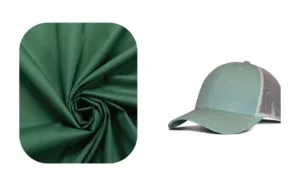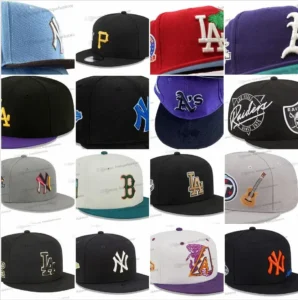When it comes to picking the perfect hat, one of the biggest questions many ask is, “Do polyester hats breathe?” After all, nobody wants to feel sweaty and uncomfortable, especially during outdoor activities or hot summer days. Polyester hats are everywhere—on the streets, at sports events, and even in fashion shows—but their breathability often sparks debate.
In short, polyester hats generally have limited breathability compared to natural fibers like cotton. However, advances in fabric technology and smart design features such as mesh panels significantly improve airflow and moisture management, making polyester hats suitable for many uses.
Imagine you’re at a summer festival, the sun blazing overhead. You have your trusty polyester snapback on, but suddenly, your head starts feeling hot and sticky. Does this mean polyester hats are a no-go? Or is there more to the story? Let’s dive deeper to uncover the science and design secrets behind polyester hats and how they stack up when it comes to breathability.
1.What is polyester and how is it used in hat manufacturing?

Polyester is a synthetic fabric known for its durability, wrinkle resistance, and cost-effectiveness. It’s widely used in hat production because it holds color well, resists shrinking, and dries quickly, making it ideal for various styles from fashion caps to sports hats.
- Polyester’s Origin and Properties: Derived from petroleum-based polymers, polyester fibers are long, smooth, and hydrophobic (repel water). This means polyester does not absorb moisture like cotton but rather wicks it away or lets it evaporate on the surface. This quality is why polyester is favored in athletic wear and hats aimed at active users.
- Versatility in Hat Styles: Polyester can be woven into different fabric weights and textures—smooth twill, shiny satin, or mesh—offering flexibility in hat aesthetics and function.
- Durability and Maintenance: Polyester hats resist wrinkles, hold shape over time, and are easy to clean, which appeals to manufacturers and consumers alike.
- Environmental Considerations: Although conventional polyester is petroleum-based and non-biodegradable, recycled polyester (rPET) made from plastic bottles is gaining traction in sustainable hat production.
In the context of hat manufacturing, polyester’s blend of strength, versatility, and ease of care makes it a staple material—despite some challenges in breathability.
| Aspect | Details |
|---|---|
| Polyester Origin | Derived from petroleum-based polymers; fibers are long, smooth, and hydrophobic (repel water). |
| Moisture Behavior | Does not absorb moisture like cotton; wicks moisture away or allows evaporation on surface. |
| Versatility | Can be woven into various weights and textures (twill, satin, mesh) for different hat styles. |
| Durability | Resists wrinkles, holds shape, and easy to clean. |
| Environmental Impact | Conventional polyester is non-biodegradable; recycled polyester (rPET) is used for sustainability. |
| Hat Manufacturing Use | Popular for fashion caps and sports hats due to strength, versatility, and easy care. |
2.Do polyester hats allow airflow and moisture wicking?
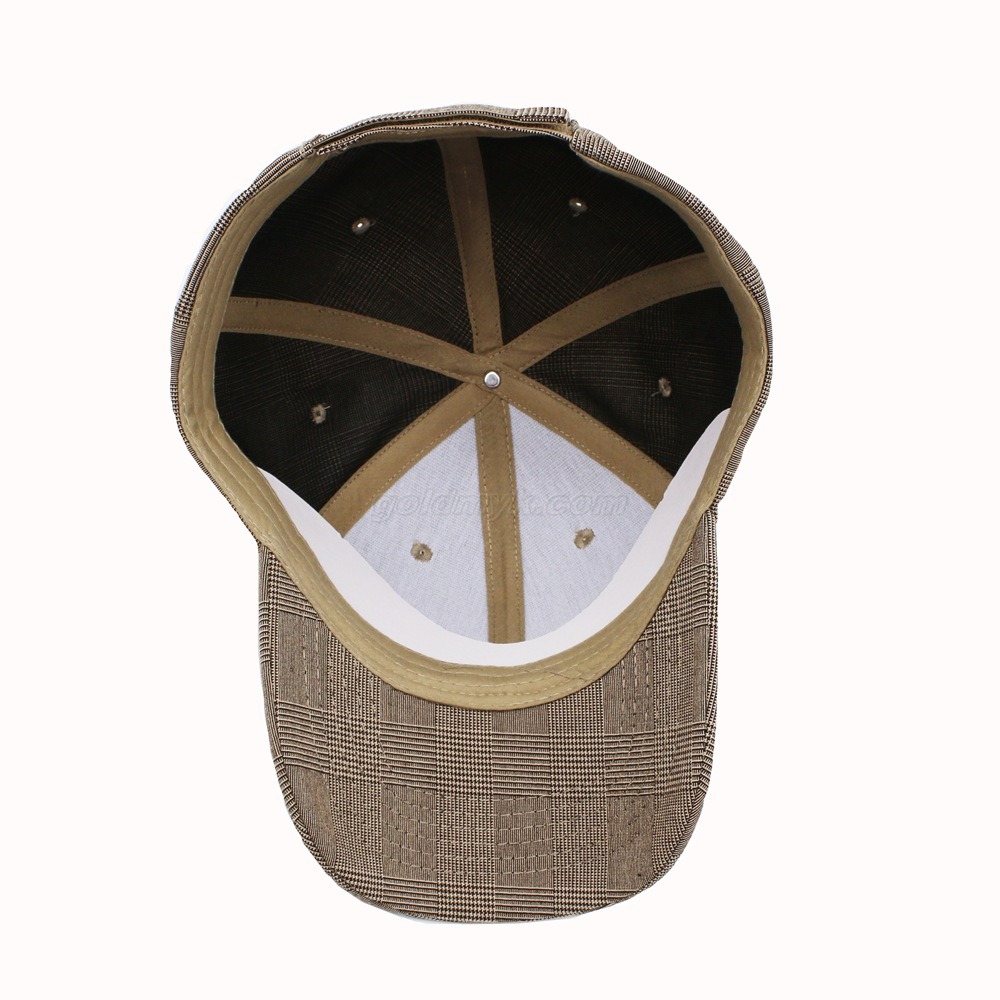
Polyester hats generally have limited natural breathability, but many feature moisture-wicking properties and design elements like mesh panels that enhance airflow and comfort.
- Fabric Breathability vs Moisture Wicking: Breathability refers to how easily air passes through the fabric, helping cool the skin. Polyester fibers themselves are tightly woven and do not naturally allow much airflow. However, polyester excels at moisture wicking—pulling sweat away from the skin to the fabric’s surface for evaporation.
- Mesh and Ventilation Features: Many polyester hats incorporate mesh panels or ventilation eyelets, especially in trucker and snapback styles, which dramatically increase airflow, offsetting polyester’s limited breathability.
- Moisture Management Technologies: Modern polyester fabrics may be treated with antimicrobial finishes or enhanced with moisture-absorbing blends to improve comfort during physical activity.
- Comparison with Natural Fibers: Cotton breathes naturally but retains moisture, which can lead to dampness and discomfort. Polyester’s quick-drying, moisture-wicking ability often makes it preferable for sports hats.
- Trade-off Between Breathability and Performance: While polyester may trap heat more than cotton, its quick drying and sweat management often result in overall better comfort for active wearers.
For businesses seeking custom hats, Kinwin offers advanced polyester fabric options combined with innovative design to maximize airflow and moisture control—perfect for active and fashion-conscious customers.
| Aspect | Details |
|---|---|
| Natural Breathability | Polyester fibers are tightly woven and have limited natural airflow. |
| Moisture Wicking | Polyester excels at pulling sweat away from skin to fabric surface for quick evaporation. |
| Design Features for Airflow | Mesh panels and ventilation eyelets (common in trucker and snapback hats) significantly enhance airflow. |
| Moisture Management Tech | Modern polyester fabrics may have antimicrobial finishes or moisture-absorbing blends to boost comfort. |
| Comparison to Natural Fibers | Cotton breathes naturally but retains moisture; polyester dries quickly and wicks sweat, making it better for sports. |
| Breathability vs Performance | Polyester may trap heat more than cotton but offers better overall comfort due to quick drying and sweat management. |
| Custom Hat Solutions | Kinwin provides advanced polyester fabrics with innovative designs for improved airflow and moisture control. |
3.Which factors influence the breathability of polyester hats?

Breathability in polyester hats depends largely on fabric weave, weight, and hat design elements like mesh panels, ventilation eyelets, and lining materials.
- Fabric Weave and Density: Tighter weaves restrict airflow, while looser weaves or open knits allow better ventilation. Lightweight polyester fabrics tend to be more breathable.
- Hat Structure and Design: Hats with mesh backs (e.g., trucker hats) or side eyelets significantly improve air circulation. Full polyester caps without ventilation tend to trap heat.
- Fabric Blends and Finishes: Polyester blended with cotton or spandex can enhance breathability and stretch. Special finishes can add moisture-wicking or antimicrobial properties without compromising airflow.
- Sweatbands and Linings: The presence and type of sweatband affect comfort and moisture management. Breathable linings also improve ventilation inside the hat.
- External Conditions and Usage: Environmental factors such as temperature, humidity, and wearer activity level influence how breathable a hat feels in practice.
Understanding these factors helps manufacturers design polyester hats that balance durability, style, and wearer comfort. Kinwin supports customized hat production to meet specific breathability and performance needs.
| Factor | Influence on Breathability |
|---|---|
| Fabric Weave and Density | Tighter weaves restrict airflow; looser weaves or open knits allow better ventilation; lightweight fabrics are more breathable. |
| Hat Structure and Design | Mesh backs (e.g., trucker hats) and side eyelets enhance air circulation; full polyester caps without ventilation trap heat. |
| Fabric Blends and Finishes | Blending polyester with cotton or spandex improves breathability and stretch; special finishes add moisture-wicking or antimicrobial effects. |
| Sweatbands and Linings | Sweatband type affects comfort and moisture management; breathable linings improve ventilation inside the hat. |
| External Conditions and Usage | Temperature, humidity, and wearer activity level impact perceived breathability during use. |
| Customization | Understanding these factors helps manufacturers like Kinwin design hats balancing durability, style, and comfort. |
4.How do polyester hats compare to cotton and other materials in breathability?
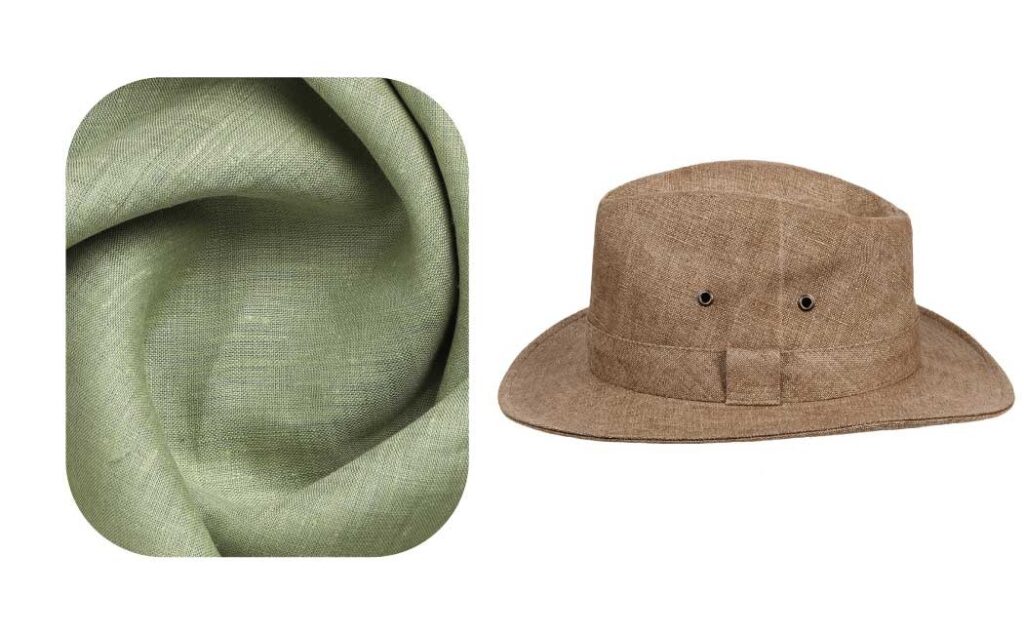
Polyester hats generally breathe less than cotton but outperform cotton in moisture management; compared to wool or nylon, polyester offers better durability and quicker drying.
- Cotton vs Polyester: Cotton is soft and highly breathable due to its natural fiber structure, but it absorbs moisture and dries slowly, which can cause discomfort. Polyester wicks moisture and dries quickly but can feel less airy unless designed with ventilation.
- Wool Hats: Wool offers warmth and some moisture regulation but isn’t ideal for hot weather due to heavier insulation and lower breathability.
- Nylon and Other Synthetics: Nylon is similar to polyester in breathability but may feel less soft and comfortable against the skin. Polyester generally has better UV resistance and durability.
- Performance Blends: Many modern hats use polyester blends (polyester-cotton, polyester-spandex) to combine breathability, stretch, and durability.
- User Experience: Athletes often prefer polyester hats for workouts because of moisture control despite slightly lower airflow, while casual users may prefer cotton for everyday wear.
This nuanced understanding allows manufacturers like Kinwin to tailor hat materials to specific end-user needs and performance expectations.
| Material | Breathability | Moisture Management | Durability | Other Notes |
|---|---|---|---|---|
| Cotton | High (natural fiber, airy) | Absorbs moisture, dries slowly | Moderate | Soft and comfortable but can feel damp and heavy when wet |
| Polyester | Lower than cotton | Excellent moisture wicking, quick drying | High | Less airy unless combined with ventilation features |
| Wool | Moderate to low | Some moisture regulation | Moderate | Warm, heavier, less suitable for hot weather |
| Nylon | Similar to polyester | Moderate moisture management | High | Less soft on skin, durable, good UV resistance |
| Polyester Blends | Improved breathability (depends on blend) | Balanced moisture control | Enhanced durability and stretch | Combines benefits of each fiber to suit varied needs |
| User Preference | Preferred by athletes for workouts | Moisture control valued | Durable for active use | Casual wearers may choose cotton for comfort and breathability |
5.Are polyester hats suitable for sports and outdoor activities?
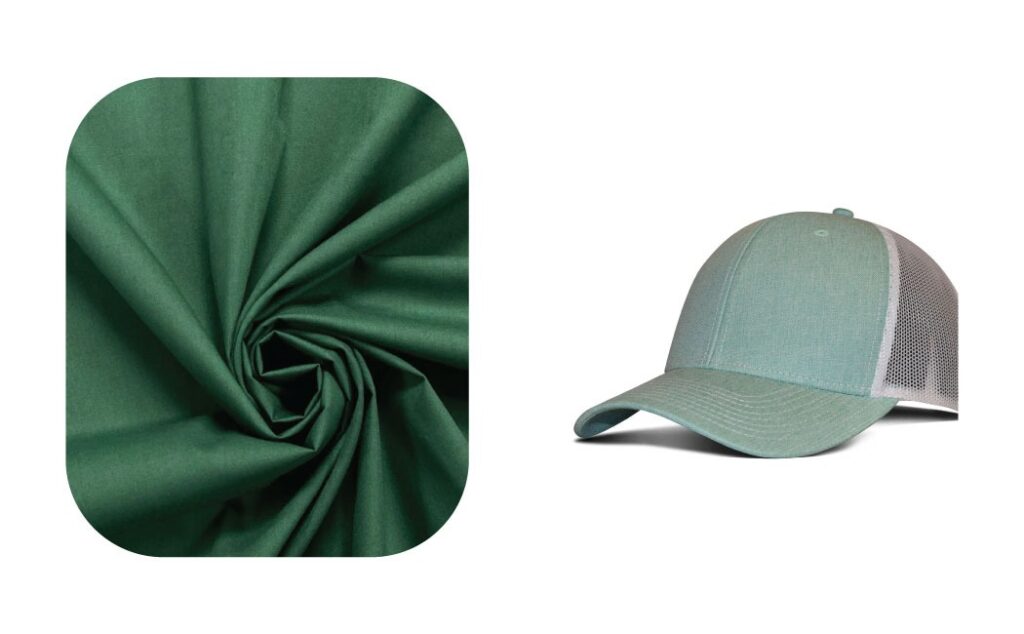
Yes, polyester hats are well-suited for sports and outdoor use due to their moisture-wicking, durability, and fast-drying properties, especially when combined with breathable design features.
- Moisture Control: Polyester quickly moves sweat away from skin, reducing discomfort and chafing during physical activity.
- Durability Under Stress: Polyester resists stretching, shrinking, and fading, making it ideal for frequent use in varied conditions.
- Lightweight and Quick Drying: Essential for outdoor sports where hats may get wet from sweat or weather.
- Ventilation Enhancements: Mesh panels, eyelets, and open weaves improve airflow in polyester hats designed for active wear.
- UV Protection: Polyester fabrics can be treated for UV resistance, protecting wearers during prolonged sun exposure.
- Examples in Market: Popular brands use polyester hats for running, golf, and hiking gear, proving their practicality.
Kinwin’s advanced polyester hat lines combine performance fabrics with custom ventilation solutions, ideal for sports teams, outdoor brands, and promotional products.
| Feature | Description |
|---|---|
| Moisture Control | Quickly wicks sweat away from skin, reducing discomfort and chafing during activity. |
| Durability Under Stress | Resists stretching, shrinking, and fading, ideal for frequent, varied use. |
| Lightweight & Quick Drying | Lightweight fabric dries fast, suitable for wet or sweaty conditions outdoors. |
| Ventilation Enhancements | Mesh panels, eyelets, and open weaves increase airflow and cooling. |
| UV Protection | Polyester can be treated to block UV rays, protecting skin during long sun exposure. |
| Market Examples | Widely used by popular brands for running, golf, hiking, and other outdoor sports gear. |
| Kinwin Solutions | Offers advanced polyester fabrics combined with custom ventilation for sports and outdoor needs. |
6.Is polyester environmentally sustainable in hat production?
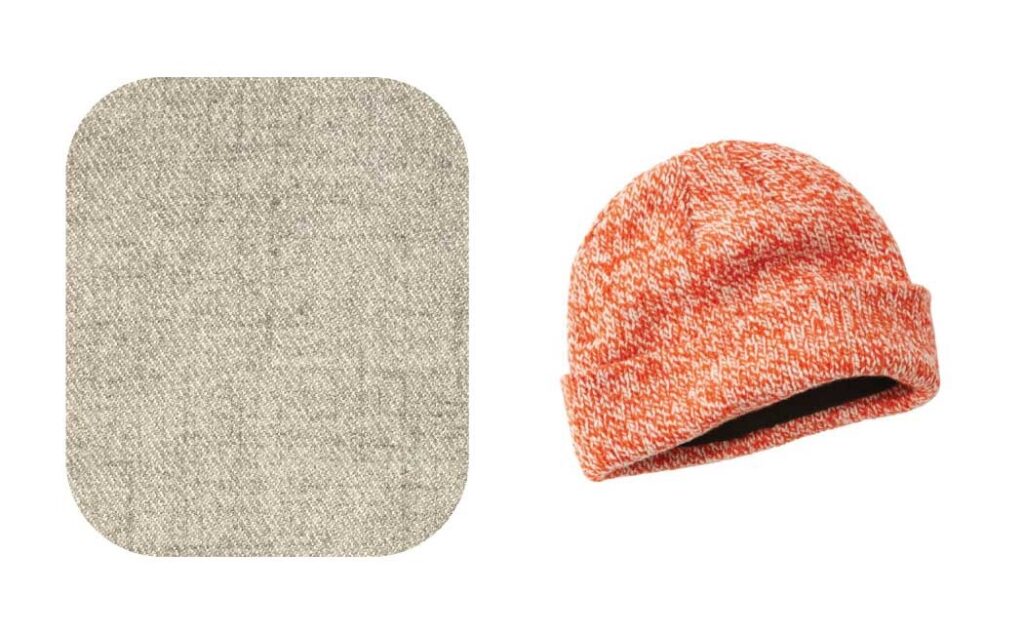
While conventional polyester is petroleum-based and not biodegradable, recycled polyester and eco-friendly manufacturing practices are improving sustainability in hat production.
- Environmental Impact of Traditional Polyester: Derived from fossil fuels, producing virgin polyester involves high energy use and carbon emissions; microplastic pollution is also a concern.
- Recycled Polyester (rPET): Made from recycled plastic bottles and waste, rPET reduces resource consumption and waste in production.
- Innovative Production Techniques: Some manufacturers use waterless dyeing, lower-impact finishes, and closed-loop recycling to reduce environmental footprints.
- Durability as a Sustainability Factor: Long-lasting polyester hats mean fewer replacements and less waste.
- Certifications and Standards: OEKO-TEX, GRS (Global Recycled Standard), and bluesign certifications ensure environmental and social responsibility.
- Balancing Performance and Sustainability: Manufacturers like Kinwin focus on sourcing eco-friendly polyester without sacrificing quality, durability, or breathability.
Customers interested in sustainable polyester hats can consult Kinwin for customized solutions that meet environmental goals and market demands.
| Aspect | Details |
|---|---|
| Environmental Impact | Virgin polyester is fossil-fuel based, high energy use, carbon emissions, and microplastic pollution risk. |
| Recycled Polyester (rPET) | Made from recycled plastics, reduces resource use and waste in manufacturing. |
| Innovative Production | Techniques like waterless dyeing, low-impact finishes, and closed-loop recycling reduce environmental footprint. |
| Durability | Long-lasting polyester hats reduce waste by minimizing replacements. |
| Certifications and Standards | OEKO-TEX, GRS, bluesign certifications ensure responsible environmental and social practices. |
| Performance vs Sustainability | Kinwin sources eco-friendly polyester that maintains quality, durability, and breathability. |
| Customer Solutions | Kinwin offers customized sustainable polyester hat production to meet environmental and market needs. |
Breathability Factors Comparison
| Factor | Polyester Hats | Cotton Hats | Wool Hats | Nylon Hats |
|---|---|---|---|---|
| Natural Breathability | Low | High | Moderate | Low |
| Moisture Wicking | High | Low | Moderate | Moderate |
| Drying Speed | Fast | Slow | Moderate | Fast |
| Durability | High | Moderate | Moderate | High |
| Weight | Lightweight | Lightweight | Heavier | Lightweight |
| Environmental Impact | Medium (improving with rPET) | Low | Moderate | Medium |
| Suitable for Sports | Yes | Sometimes | Less ideal | Yes |
Choosing the right polyester hat depends on understanding fabric properties, design elements, and your specific needs. With advanced production capabilities, Kinwin stands ready to help you develop custom polyester hats that breathe better, perform well, and align with sustainability goals. Reach out today to discuss your next hat project and create headwear that your customers will love to wear.



